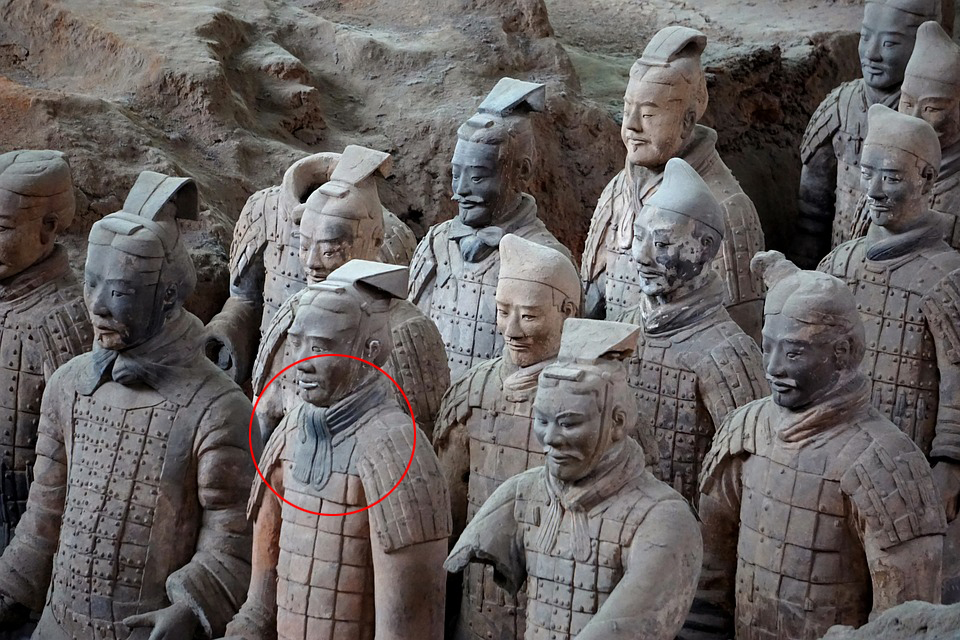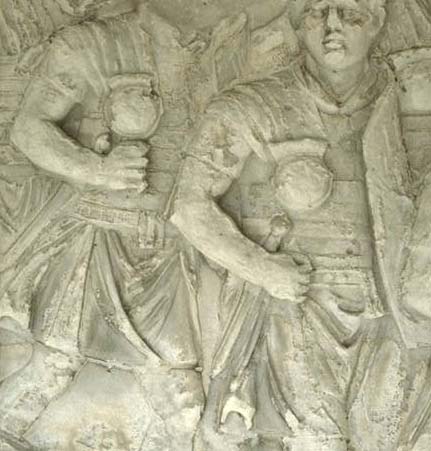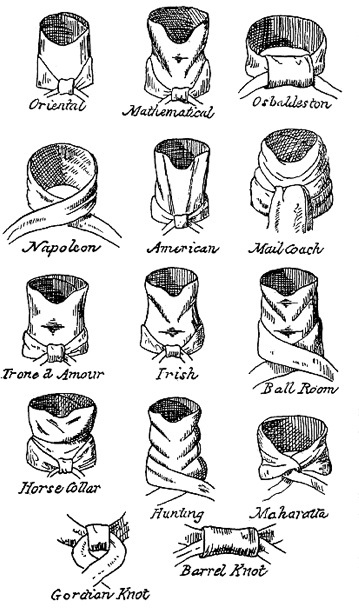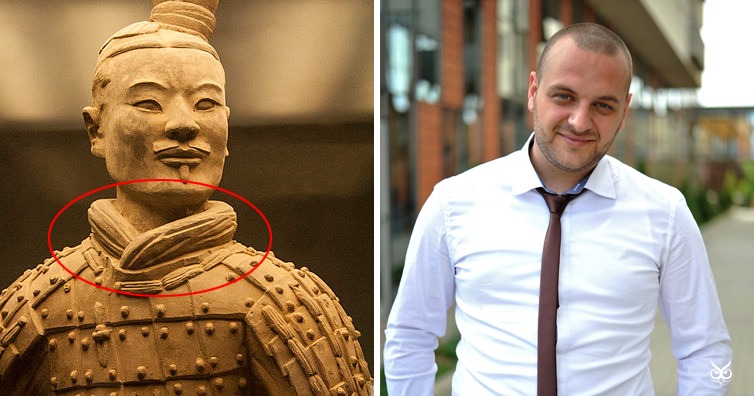I recently did a gallop about the origin of the necktie and the answers i got were a clear indication of people’s ignorance about the tie. The question i asked them was simple: “When and why do you think neckties were invented?”.
Not a single person was able to get even close to the answer. And that’s why we are having this post today, so you, the loyal I’m A Useless Info Junkie reader, get a step closer of being the most interesting person you know.
Here’s the indeed interesting story of the necktie. (the article continues after the ad)
ANCIENT CHINA 200 BC
Surprisingly, ties have a military background. The first evidence of people wearing neckties dates back to ancient China, at around 200 BC. You see, Emperor Qin Shi Huang was so afraid of death, that he ordered all of his guards be buried with him so they can protect him in afterlife. His advisors though, advised him that instead of killing them, it would have been more wise to have his guards made into real size replicas so they can protect him for eternity.
And so they did. When these “terracotta army” statues were discovered in 1974, archaeologists noticed that around their neck they each wore neck cloths that resembled a tie, a symbol of their bravery that was given to them as a gift by their leader:

ROME 113 BC
We also have evidence that neckties were also present in Roman times. When Roman emperor Trajan defeated the Dacians, he erected a marble column to celebrate his victory. This column featured thousands of soldiers, many of whom were wearing ties, again as a symbol of a warrior’s courageous character:

FROM A MILITARY SYMBOL TO A… FASHION STATEMENT
When King Louis XIV was presented with the soldiers that helped him win the battle against the Hapsburg Empire, among them, there were a regiment of Croatian mercenaries who wore colorful cravats. French liked this piece of clothing so much that they started wearing similar cravats. In fact, some historians argue that the word “cravat” comes from “croat”.
Since the elite of French monarchy was wearing them, it didn’t take long for the custom to spread all over Europe. For example, when King Charles returned to England in 1660 and claimed the throne, he was followed by aristocrats who brought the cravat wearing tradition to England.
However, neckties were expensive at the time and were worn only by a few. It wasn’t until the early 1800s when Beau Brummel, a notable figure in men’s fashion at the time, introduced the necktie as an accessory.
Because ties made out of silk were expensive for the working class, Brummel suggested wearing a bandhana around the neck. It was during that time that the word “tie” replaced “cravat” and that’s because of an article of the magazine “Neckclothitania” that featured 14 ways to tie a cravat:

Of course, as years went by, the style and the design of the ties changed and this is how we ended up with the current design that was actually designed in the 1920s by the New Yorker, Jesse Langsdorf. The modern addition of Langsdorf was the 45 degree cut and a three piece construction and, even though the width and length had expanded and shrunken throughout the years, Langsdorf’s original design is pretty much the same design we use nowadays.
If you like what you read, then you will definitely love this one: This Is Why People Wore Those Funny Wigs
Main Article Photo: Wikimedia, viganhajdari / Pixabay
Photoshop: I’m A Useless Info Junkie
Sources: Tie one on! | The History of the Necktie | An Uncommon History of Common Things



